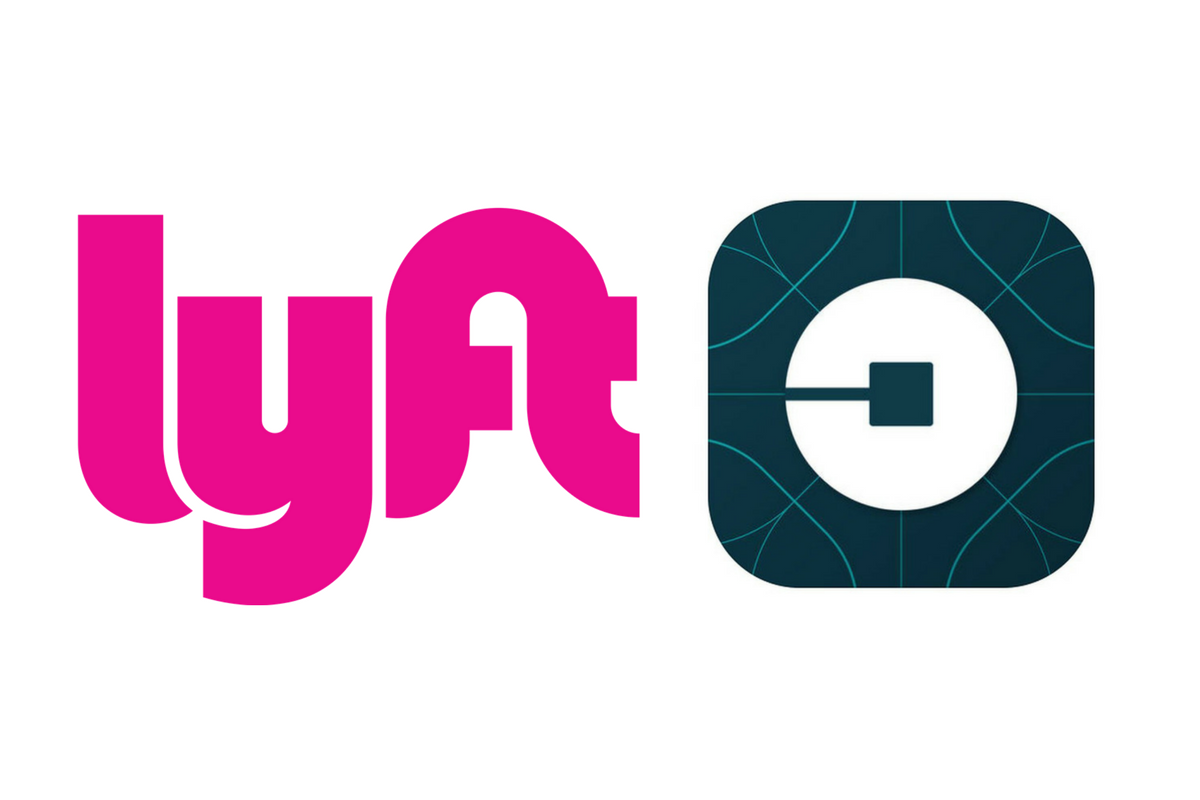Is driving Uber/Lyft worth it in Rochester?
It has been a little more than a year since two transportation network companies, Uber and Lyft, began offering rides in Rochester. Such services, if you can recall, had been prohibited by city ordinance; that is until the Rochester City Council, facing public pressure, revised the rules.
For local consumers, the addition of TNCs has meant having access to a quicker, cheaper alternative to cab service.
For drivers, though, the benefits are less clear.
To understand how ride-share workers are doing locally, Med City Beat reached out to a few individuals willing to share their experiences.
Here is what we found out.
Expect minimum wage
A report released this month from the Massachusetts Institute of Technology’s Center for Energy and Environmental Policy Research found that the median profit for TNC drivers in the U.S. was $8.55 an hour. The study — which considered things like insurance, maintenance and gas — said that for more than half of drivers, the profit is less than minimum wage in their states, and that nearly 10 percent were losing money.
"This business model is not currently sustainable,” said Stephen Zoepf, executive director of the Center for Automotive Research at Stanford University and co-author of the paper. “The companies are losing money. The businesses are being subsidized by [venture capital] money … And the drivers are essentially subsidizing it by working for very low wages.”
The number cited in the paper is in line with what local driver Audra Bolduan said she can expect to earn working in Rochester.
"By my calculations, I’m only making about $9 an hour," said Bolduan, who drives about 16 hours a week as a second job. (The minimum wage in Minnesota for large employers is $9.65 an hour.)
She said wages can vary depending on tips and whether a driver decides to be active during peak times. For instance, there is extra money to be made during the weekend late-night hours when the demand from riders outnumbers drivers willing to shuttle around barhoppers.
But bottom line, Bolduan said, drivers should plan to spend a lot of time on the road if they expect to make any significant money.
"If you like driving and like giving rides, then sure sign up," she said. "You can work when you want. But unless you work during those premium times, you’re only going to be making minimum wage."
Job Flexibility
Jeremy Miller said he had been following the process to get TNCs in Rochester, and signed up as a driver shortly after the companies came to town. While he doesn't think it would be possible to make a full-time job out of it, he said the flexibility of the apps make it worth the effort.
"Demand was high enough for when I was able to drive, and the fact that you can just log off and go home if it doesn't happen to be busy is nice," he said.
In the past year year, Miller has registered about 500 rides as a driver. Like anyone else, he signed up to make some extra money — but found that the best part of the gig was perhaps the chance to meet new people.
"I've enjoyed the experience a lot more than I expected," said Miler. "People are really excited to have this service here, and if you have a nice clean vehicle and get them where they are going, they are happy. It's an easy transaction for everyone. And the best part is the flexibility. You can literally work, or not work, whenever you want."
Rochester resident Steve Finnie has spent time driving for both Uber and Lyft over the past year. Now in the process of starting a small business, Finnie also enjoys the flexibility of driving and the opportunities for interaction.
"Ultimately for me, it was fun — because I'm really social person," he said.
Recommendations for drivers
If you are considering driving, sign up for both Uber and Lyft, said Bolduan. Otherwise, there isn't enough business on either individual app.
"I turn on both apps and wait for a ping," she explained. "After accepting a ride, I turn the other app off. When I complete the ride, I turn on both again. Some days are more Lyft rides but most days have more Uber rides."
Asked what advice he would give prospective drivers, Finnie suggested doing the small things right — like keeping a clean car, having bottled water on hand and greeting the riders with a smile. Both apps now allow for tips, and even the smallest amounts can add up over time.
"I think it's really advantageous to engage your consumer," he said.
Taxi companies adapt
In the time since the ordinance changed, Rochester's two main cab companies have sought to become more competitive. In July 2017, Yellow Cab announced it would be dropping its rates for downtown service. Then in September, rival Med City Taxi finalized a deal to purchase Yellow Cab.
Under the agreement, drivers could stay on — as long as they became independent contractors, much like Uber and Lyft drivers.
As a result of the decreased demand for taxi service, more and more cab drivers have been taking to Uber and Lyft in their free time. One such driver, who asked to remain anonymous, told me the only way to earn a living as an independent contractor is to work 50 to 60 hours a week.
Med City Taxi did not respond to our request for an interview.
Follow Sean on Twitter.








